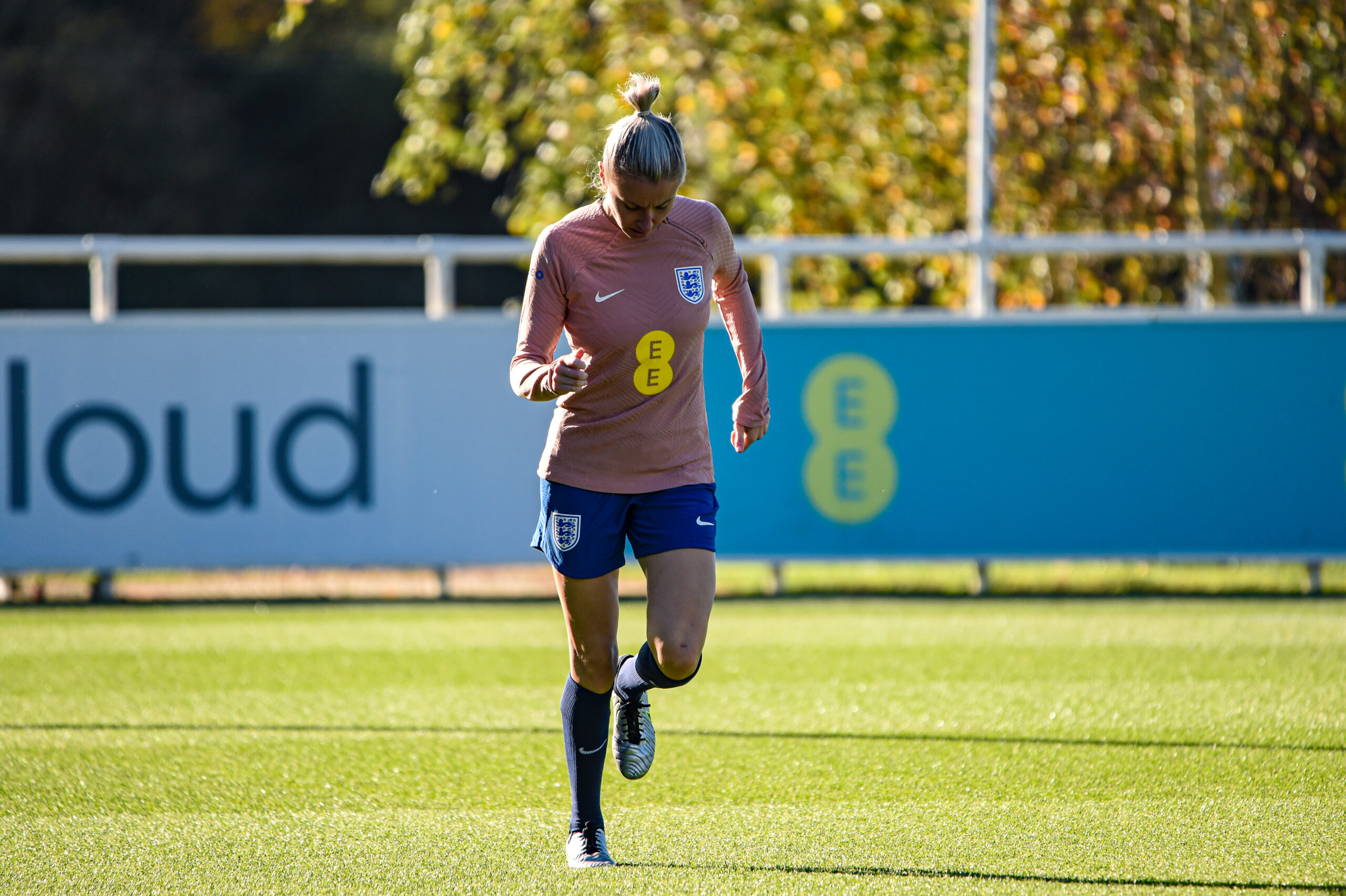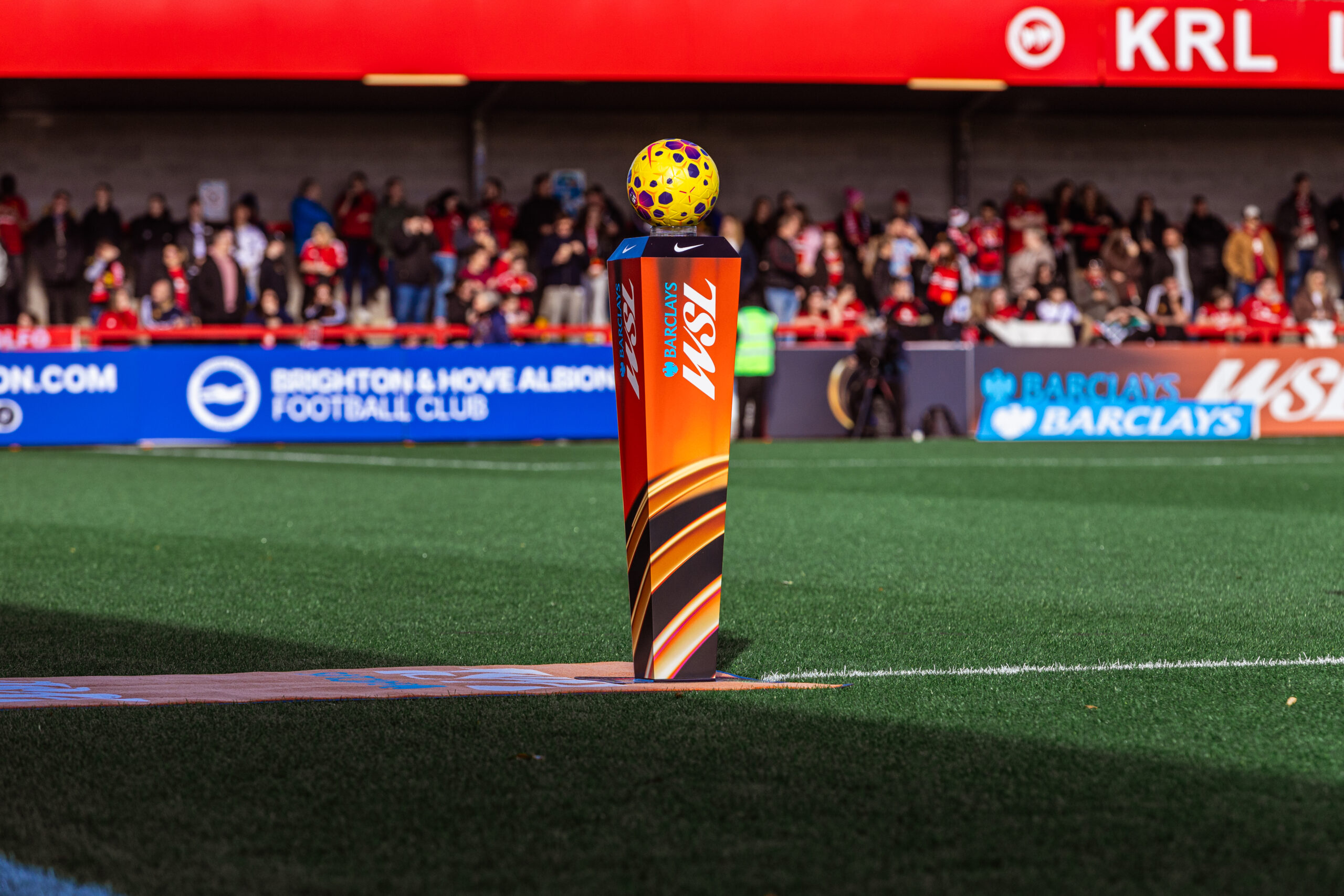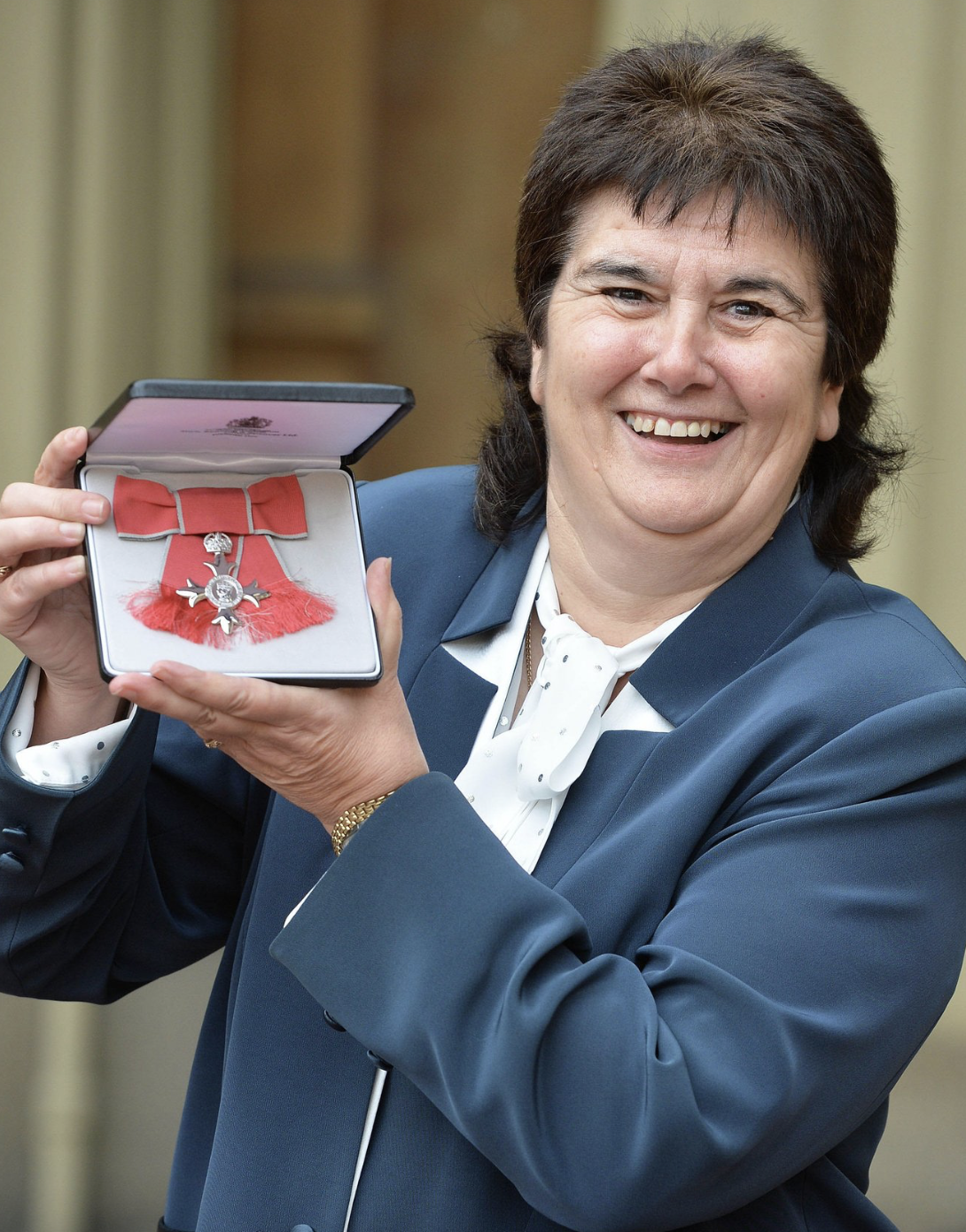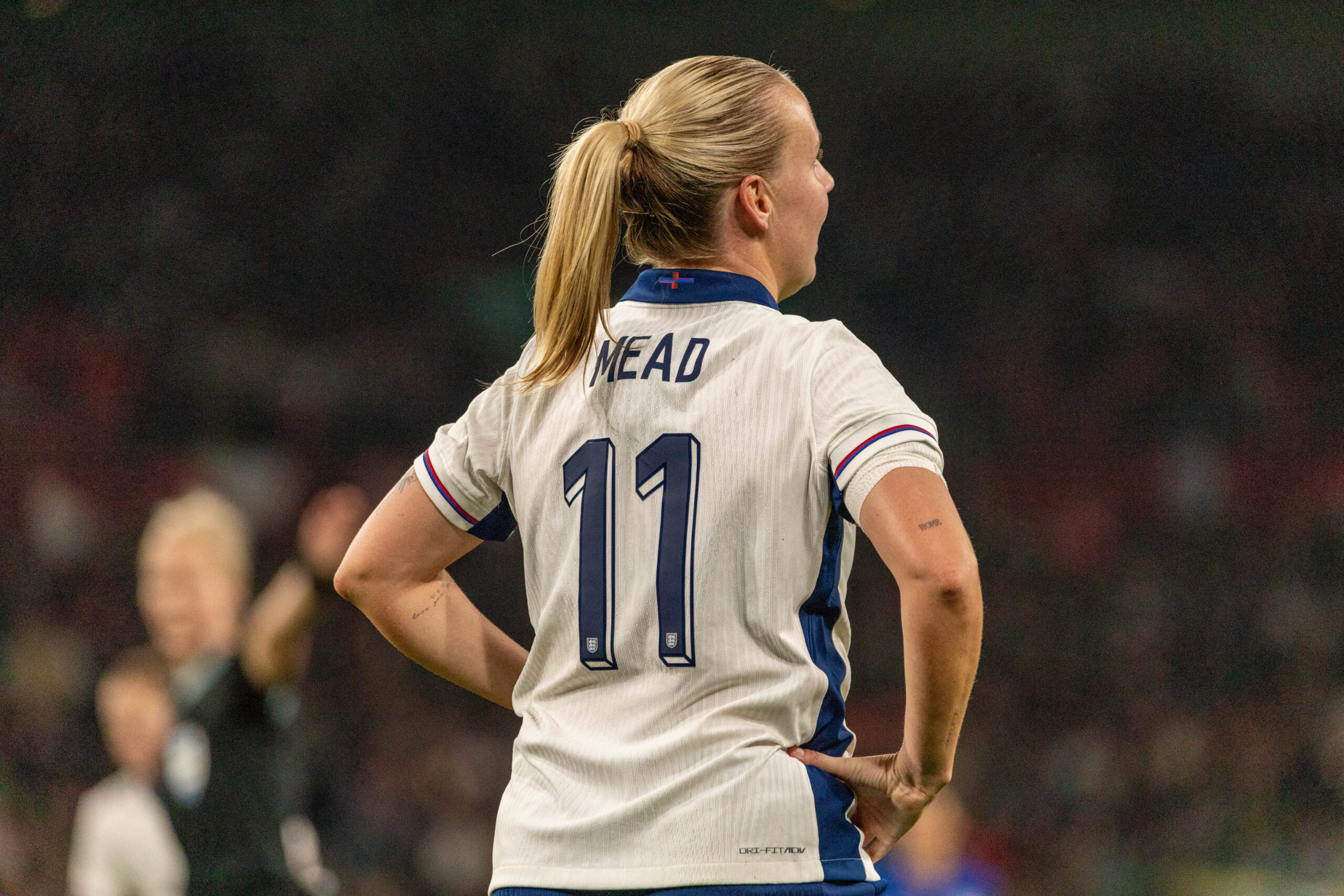A look into the reality of the physical struggles female footballers face: it’s not just a walk in the park.
Heading beyond the surface levels, the likelihood is you’ll know at least one player or even a few who’ve suffered the dreaded anterior cruciate ligament (ACL) injury. Women are more prone to suffer an ACL injury compared to men, the recovery can be gruelling, and intense, and it can even be career-threatening because it can undeniably affect the capabilities of a player in the long run as the time frame of this injury can be so unpredictable. This is only one of the four main knee ligament injuries that may have to be dealt with, the others being the PCL, MCL, and LCL. Knee injuries, specifically ACL injuries, may be one of the biggest physical struggles that players face, but they certainly aren’t the only ones.
Many might not know in comparison to males, but females within the sport tend to suffer more head injuries. People might not realise the seriousness of the longstanding effects head injuries like concussions could cause if not tracked and dealt with accordingly much like any other injury. This is because head injuries tend to be less documented than those suffering ACLs and other long-term injuries.
Regarding the physical disadvantages, female footballers endure high risk for iron deficiency. Low iron can showcase things like low energy and fatigue which isn’t preferable for professional athletes. The main cause however for iron deficiency occurring more regularly in women, is a result of their menstrual cycles. The loss of blood that inevitably comes alongside periods can increase the risk for iron deficiency, meaning female footballers end up struggling with this significantly more frequently than their male counterparts. Female footballers must tolerate their menstrual cycles each month, suffering symptoms like cramps, bloating, and swelling, all of which cause physical discomfort to these athletes, possibly hindering them performance-wise. These athletes may even experience leakage, causing constant worry whilst training and on the pitch.
Leah Williamson spoke on her experience with her own menstrual cycle and the physical effects it has on her, made worse due to the suffering from endometriosis.
“If men had periods, we would have figured out a way to stop them by now.”
Williamson’s powerful statement about how different things would be if everyone, not just women lived with periods, indicates the gap that needs to be bridged between men and women so both sides can have a better understanding of things, like in this circumstance periods.
Female footballers’ bone health is another thing to be considered when thinking about the physical disadvantages they have. Women have reduced bone density which can raise the risk of bone-related injuries. However, despite women having reduced bone density, football training has been said to increase bone mass, therefore indicating good things for bone health further on in life.
As females get older their body develops and changes, young girls aren’t often conditioned the same way as young boys, so are left behind physically. As puberty hits, females begin to grow in different ways from males.
The female hip structure being different from the men’s means that these female footballers end up suffering more injuries because the leg’s angle into the knee is wider, which means the knee is put into a more vulnerable position.
Women’s pelvises are larger and wider than male pelvises, with a rounder inlet. Women’s pelvises may result in increased angulation of the knee.
On the other hand, regarding the physical disadvantages women’s footballers may face, numerous more practical barriers are hindering the sport physically, such as things regarding money and pay. Female footballers are paid significantly less than their male counterparts. Even now many female footballers might have to take on a part-time job just to be able to live if they’re not playing in a high league club or one wth little investment. The number of women’s footballers who must take on a part-time job has decreased in recent years, but it’s still nothing compared to the men.
Some young girls lack access to facilities. While some have no trouble getting from place to place and have access to numerous facilities, others don’t share this luxury. Young girls struggle to be able to play the sport they have a passion and desire for. Areas with only boys’ teams and academies leave no room for young aspiring female footballers. Lots of these girls end up traveling hours just for an hour or so of training, just so they can have the opportunity to play, while some may never get to play because it’s just not possible for them. But, as the game grows these barriers are broken down, facilities are being opened and these girls are getting the chance to play. However, even with facilities opening there is still area that lack in acess for the young girls that aspire to thrive in the sport as a result of lack of funding.
The likes of Reading FC were demoted to tier 5 in recent months as ongoing money troubles led them to have to pull out from the championship, despite being one of the top clubs in both the championship and the WSL. Even though big names stem from the club such as the likes of Mary Earps and Fran Kirby who have won numerous accolades since striving away from the club, Reading is just one of the many instances in women’s football where a woman’s team has gone under due to the lack of funding, this can hold back young girls and other female footballers from being able to play their sport.
Even football equipment can be expensive, especially for the women who are earning less, they may not be able to afford new boots, shinpads, kit as they are funding this themselves on top of providing a living.
We can see the reality of the physical struggles in women’s football, female athletes do have to cope with a lot more than is made aware, and despite these physical disadvantages, women’s football is still striving to grow and change.



